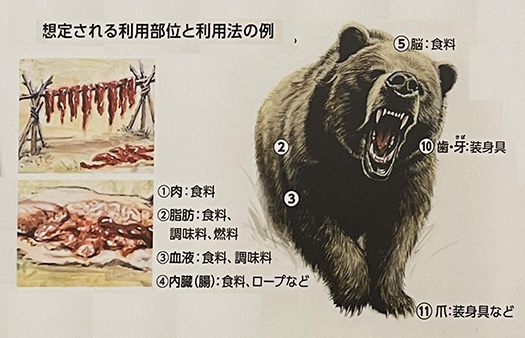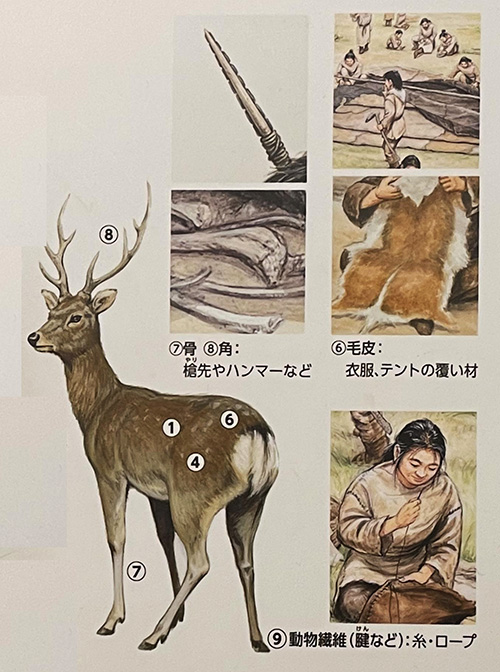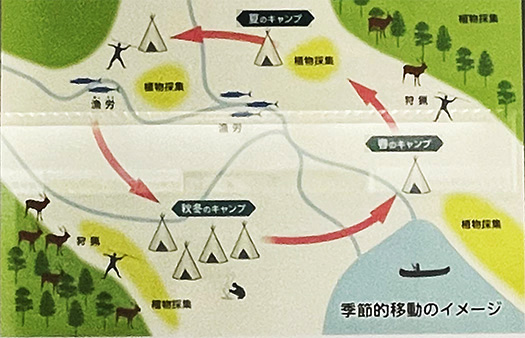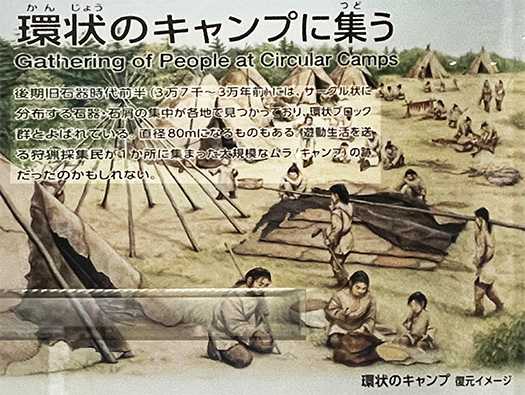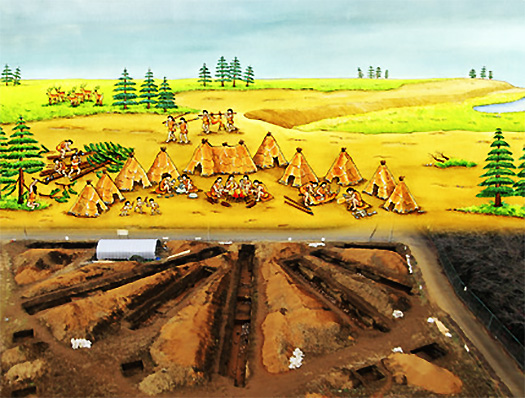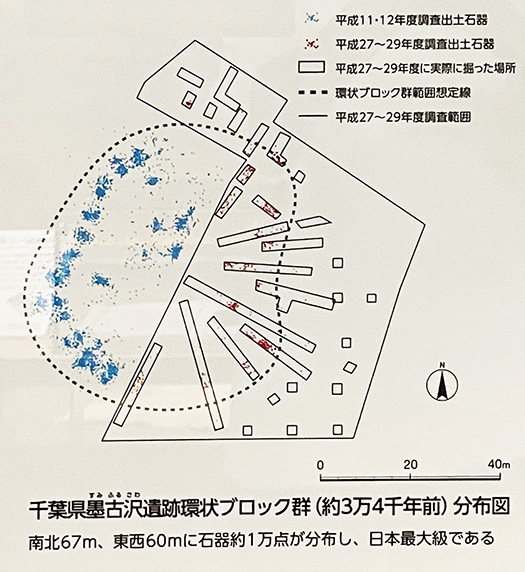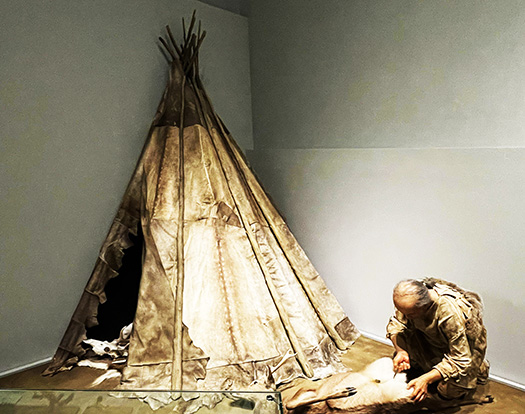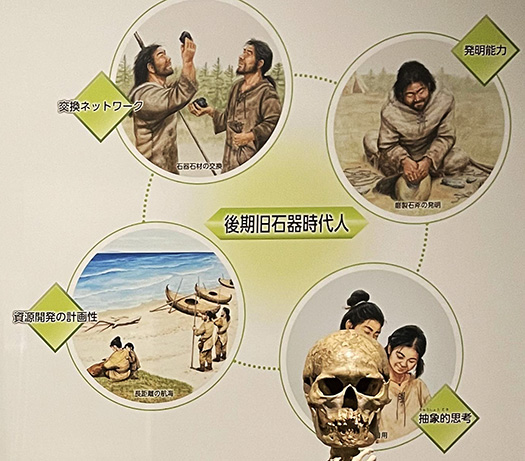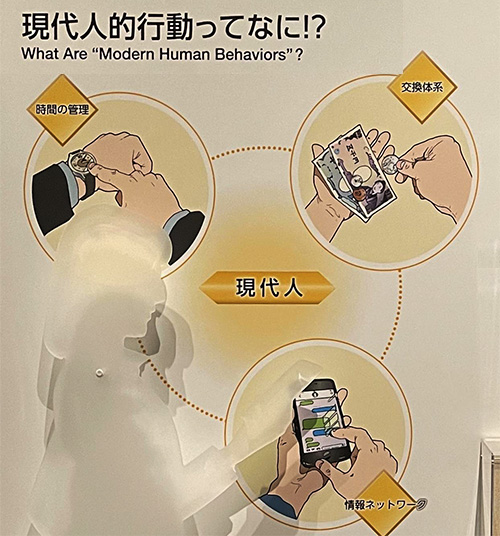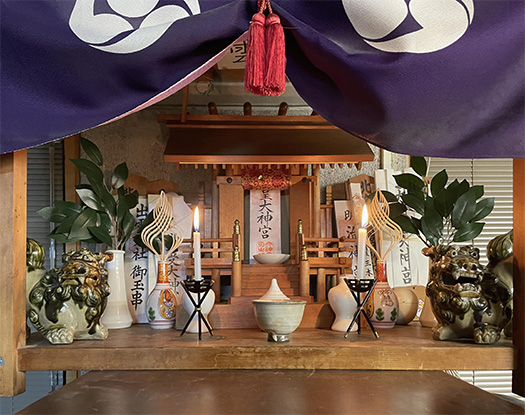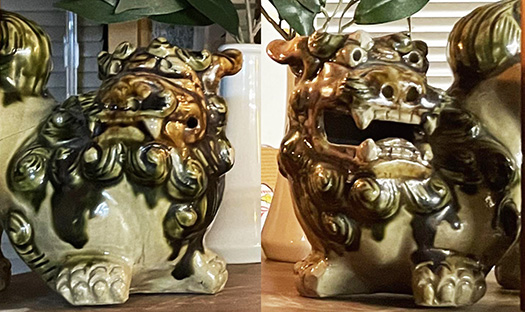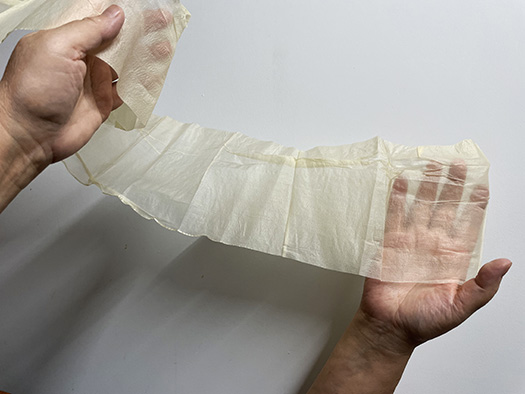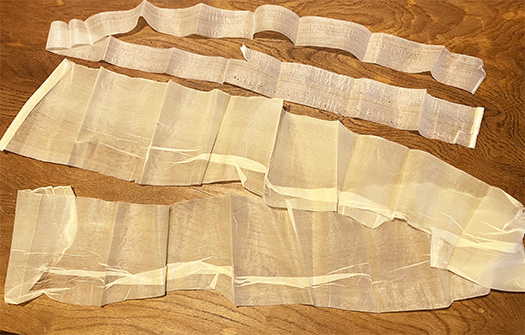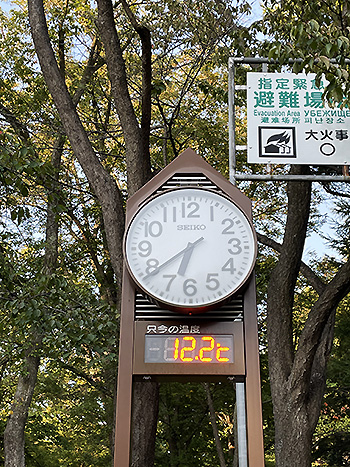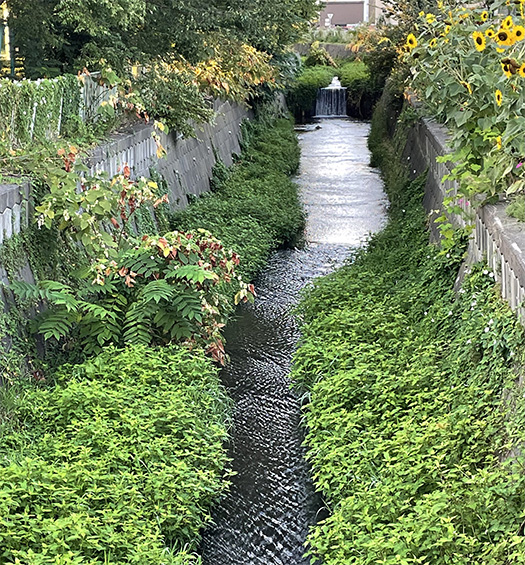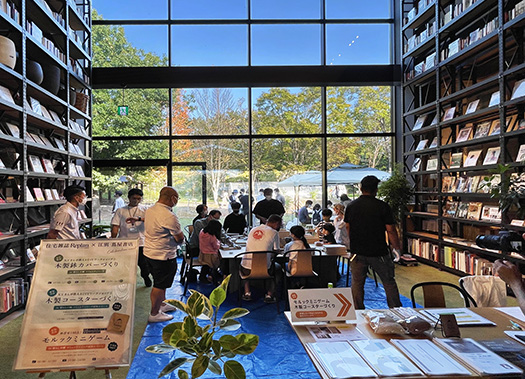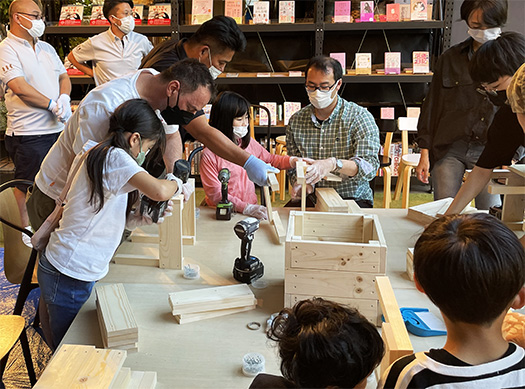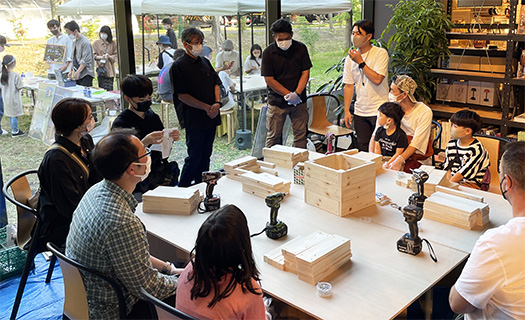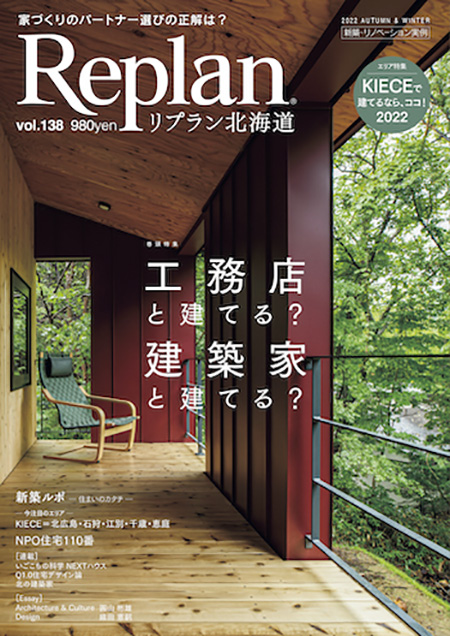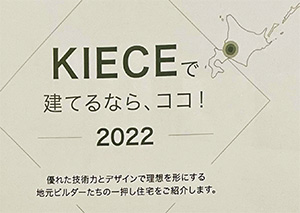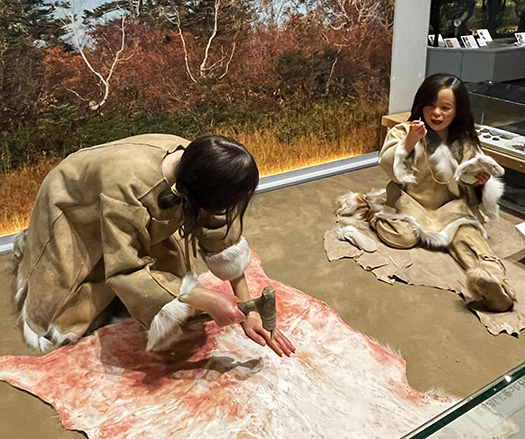
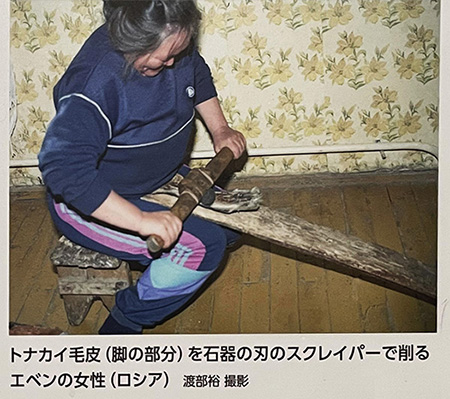

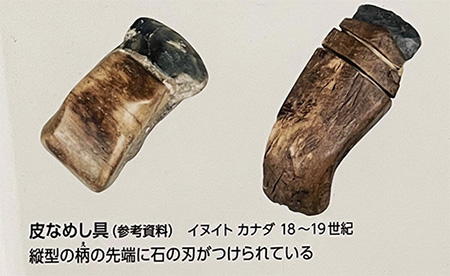
石器時代の主要な「生業」である動物の狩猟について
それを起点としたさまざまな生産活動を考えさせられています。
本日は動物皮革を「なめして」衣類を生み出していく作業について
ジオラマとか、現代でも狩猟社会伝統を維持する北方民の様子の写真。
木と石器を組み合わせて道具を工夫して、動物皮革を衣類に変えていく作業。
〜旧石器時代の遺跡からは皮なめし用の石器が多く見つかる。
現代よりも寒冷な最終氷期に暮らす人類にとって、
防寒用のあたたかい衣類を作るのに毛皮はとくに重要だった。
現代に存続する北方民族の事例を見るとこうした皮なめしは女性の仕事。〜
という解説文が付されていた。
上のジオラマ展示ではお母さんと女の子とおぼしき2人が写っている。
お母さんは大きな皮革に赤い顔料をかけているような作業中か、
あるいはその上で加工作業に取り組んでいるのかも知れない。
女の子は手に針と糸を持って皮革に加工を施している様子。
そのふたりとも生成りの動物皮革の衣類を身にまとっている。
その後の人類年代でも「衣を織る」作業は女性の労働領域。
そもそも性差による作業分担としてファッションに関わる領域は女性が
担ってきたのが、人類史の普遍的な事実なのだろう。
「キャー、わたしにもできた、やった〜」
「あら、針仕事、上手になって来たわね(笑)」
「あなたは手先が器用でわたしに似てるからきっといい服を作れるわよ」
「うん、任せて!」
一方の現代北方民族の女性の皮なめしの実演風景。
トナカイの足の部分の皮革をスクレイパー(外面の付着物、堆積物を
削ったりこそげとる刃状・へら状器具)で削っている。
体技としても合理性の感じられる動きを示している。
作業の成果物を最終的にイメージしながら、よりよい生産物を目指した。
手許の皮革に向かって祈りを込めているようなきわめて人間的な姿。
そして読者のNさんからいつも指摘されるけれど、人類の最大の発明としての
「針と糸」がこうしたファッションの原点に位置する。
〜世界一古い針はロシア・アルタイ山脈のデニソワ洞窟で発見されました。
この針には糸を通す針穴も開いており、放射性炭素年代測定によって
5万年前に作られたことが判明。針の長さは7.6㎝で鳥の骨から作られている。
この針は、極寒のシベリアで毛皮を縫って衣服を作ることに
使われていたと思われます。針の形状も現在私たちが使っている針と
全く変わっておりません。<萬国製針 株式会社HPより>〜
人類史の中で「寒冷化」は重要な発展環境要素であったことがわかる。・・・
English version⬇
Fashion has been a woman’s domain since the Stone Age. 37,000 Year History of the Japanese Islands – 5
Hey mom, I want to be able to make more beautiful clothes (sparkles). Women’s strong desire for beauty, DNA…
The hunting of animals, the main “livelihood” of the Stone Age
This makes us think about the various production activities that originated from it.
Today, we will discuss the process of “tanning” animal hides to produce clothing.
A diorama and photos of the northern people who maintain their hunting traditions even today.
The process of transforming animal hides into clothing by combining wood and stone tools and devising tools.
〜Many stone tools for leather tanning have been found at Paleolithic sites.
For humans living in the last ice age, which was colder than the present day, it was important to have warm clothing for protection from the cold.
Fur was especially important for making warm clothing for protection against the cold.
In the case of the northern peoples who still exist today, such tanning was the work of women. 〜The tannery was located in the northern region of the country.
The diorama above shows a mother and her child.
The diorama above shows a mother, a girl, and two people who appear to be girls.
The mother may be applying red pigment to a large piece of leather, or she may be working on it.
Or she may be working on it.
The girl appears to be working on the leather with a needle and thread in her hand.
Both of them are wearing rawhide clothing.
Weaving garments was a female labor area even in later human periods.
In the beginning, women have been responsible for the division of labor according to gender in areas related to fashion.
It is a universal fact of human history that women have been responsible for fashion.
“Wow, I can do it too, I did it!
“Oh, you’re getting good at needlework.
“You’re so good with your hands and you’re just like me, I’m sure you’ll make great clothes.
“Yes, I can!”
On the other hand, a woman from the modern northern tribe demonstrates how to tan a hide.
A woman demonstrates the tanning of reindeer hides with a scraper (a blade that scrapes off deposits on the outer surface of the hides).
The tanner is using a scraper (a blade or spatula-like tool to scrape or scrape off deposits on the outer surface) to scrape the leather from the reindeer feet.
The movement is also a physical exercise with a sense of rationality.
The final product of the work was imagined as he worked toward a better product.
It is an extremely human figure, as if he is praying to the leather at hand.
And as reader N always points out, the “needle and thread” as the greatest invention of mankind
The needle and thread” as the greatest invention of mankind is located at the origin of this fashion.
〜The oldest needle in the world was discovered in Denisova Cave in the Altai Mountains of Russia.
The needle also has a needle hole for thread, and radiocarbon dating has revealed that it was made 50,000 years ago.
Radiocarbon dating revealed that it was made 50,000 years ago. The needle is 7.6 cm long and made from bird bone.
This needle is thought to have been used for sewing fur to make clothing in the extreme cold of Siberia.
The shape of the needle is also similar to that we use today. The shape of the needles is exactly the same as the needles we use today.
The shape of the needles is exactly the same as the needles we use today. <From the website of Bankoku Seihin Co.
It is clear that “cold weather” was an important environmental factor in the development of human history. …….
Posted on 10月 10th, 2022 by 三木 奎吾
Filed under: 未分類 | No Comments »


